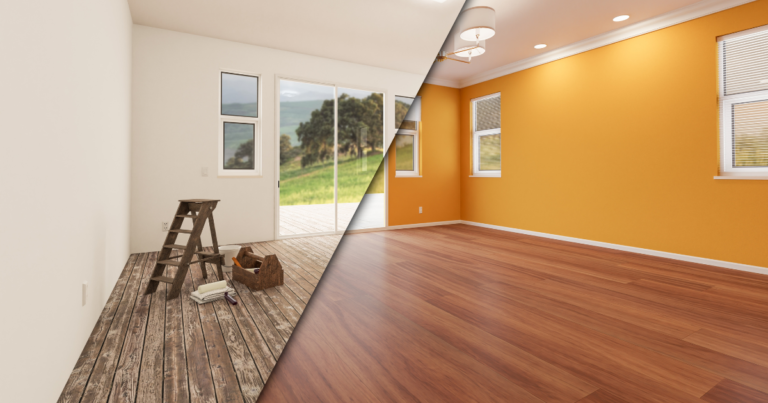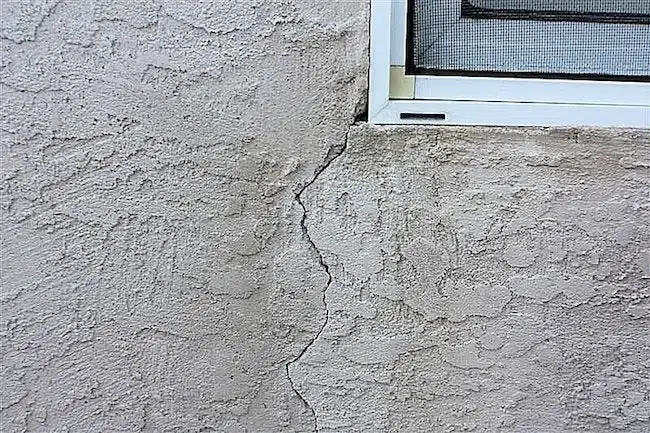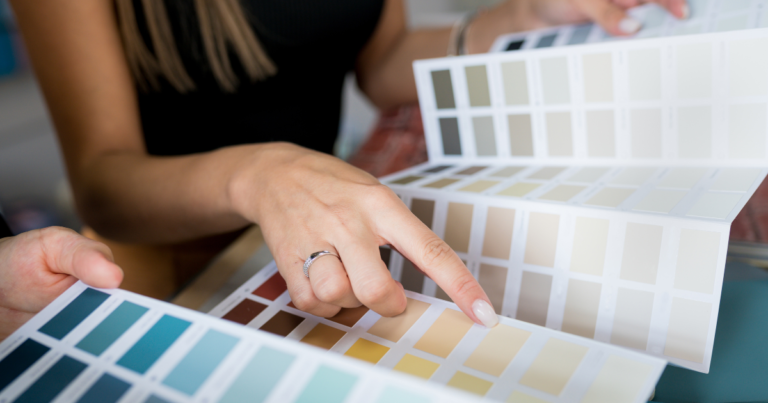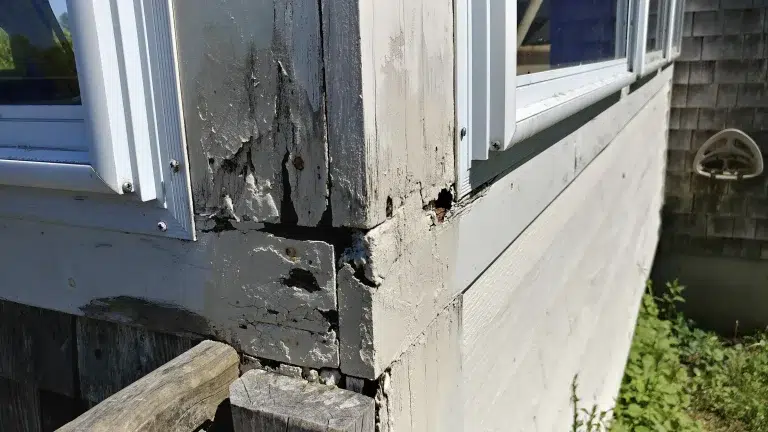How-To Guide on Home Painting
Welcome to the Vista Painters blog! In this blog post, we’ll uncover the best-kept secrets of today’s DIY painting pros. Read on for expert advice and a how-to guide on improving the look and feel of your living space. Let’s dive into the world of DIY painting and unlock your inner designer!
Why Should You DIY Paint?
The primary benefits of DIY painting are customization and cost. You’ll have full creative control and those dollars saved can be leveraged for another part of your design! DIY painting is particularly attractive for homeowners who want to spruce up a small space, such as a single room or outdoor space. Realtors and property managers with limited budgets can also DIY.
Start with Color
Creating a consistent color palette is a great way to make your home look bigger. Neutral and earthy tones emphasize the size of a space, letting natural light come through. Bright, darker, and textured colors and patterns can be used to draw the eye to specific architectural elements — such as accent walls and molding.
A fresh coat of paint is also a great way to draw attention away from worn-out features. Chipped and flaky paint on the exterior, as well as the interior of a house, is a big turnoff for buyers. Explore the Pantone website for a dose of inspiration for your next DIY painting project!
Essential Tools and Materials for DIY Painting
Once you’ve decided on a color theme, you’ll need to head over to the paint or hardware store. Here are the quality products you need to get the job done right:
- Painter’s Tape ensures a nice straight edge and prevents colors from bleeding through. This is essential for accent walls and other projects using multiple colors. For the best results, apply the tape in short, manageable strips.
- Drop Cloths. Get ready for splatters! Canvas, plastic, or paper drop cloths come in a variety of sizes for painting projects. Plastic is typically more affordable while canvas is reusable.
- Sandpaper is a great way to prep walls and older fixtures that have a few scratches or chips on the surface for primer and paint. Be sure to clean and dry your surface before sanding!
- Primer. This is essential for ensuring your paint job lasts for years to come. Primer helps paint better adhere to walls and offers protection from mold by sealing porous surfaces.
- Paint Brushes. Choose brushes that are both flexible and durable, at the right size for your paint surface.
- A 4” – 6” wide, flat sash paint brush is ideal for extra-wide open spaces
- A 3”- 4” wide, flat sash paint brush is a great size for walls and doors.
- 1″ – 2.5″ sash and angle sash paint brushes are used for narrower surfaces — from molding, cabinets, and baseboards to trim work.
- Safety Equipment is crucial for any DIY project. Start with an apron or smock at minimum or coveralls and shoe covers to protect your clothing and shoes. Then, be sure to wear gloves as you prep, prime, and paint any surface. Impermeable, water-resistant gloves are especially recommended for handling paint thinner, solvents, and other hazardous chemicals. And don’t forget protective eyewear such as safety glasses and goggles and masks (especially when using a spray applicator) to keep your eyes and lungs safe. Respirator masks in particular can help prevent the inhalation of harmful fumes and microscopic particles such as mold spores. Finally, knee pads are a great way to protect your joints if you’re working on baseboards or other areas with a lot of kneeling and squatting involved.
Get An Estimate To Paint Your Home
Ready To Make A Change?
Schedule a virtual estimate with the painters near you and get your personalized estimate today!
Choosing the Right Paint
Understanding the right types of paint and finishes for your project may be daunting. First, consider how a room or space is going to be used — how often and how heavily. Hardy satin and glossy finishes are well-suited for areas with heavy foot traffic, such as kitchens and baths. Delicate eggshell and flat paint colors work well for rooms used on special occasions, such as parlors and guest rooms.
Paint sheen can also add special effects — adding brightness to spaces that are dimly lit. Consider high-shine paint for hallways and corners, for example.
Finally, consider the texture of the material you’re painting over. More reflective finishes amplify surface imperfections, while matte colors soften them. Consider a paint that’s less glossy to hide blemishes from materials such as stucco and plaster.
Vista Painters is Here to Help
As you embark on your DIY paint project, you may find yourself needing a few pointers. If so, our team of certified painting contractors is always happy to lend a hand.
Get An Estimate To Paint Your Home
Ready To Make A Change?
Schedule a virtual estimate with the painters near you and get your personalized estimate today!




